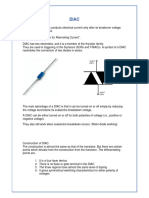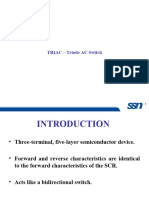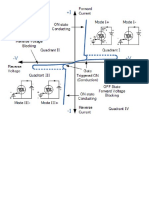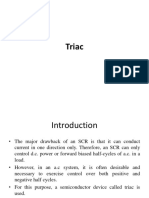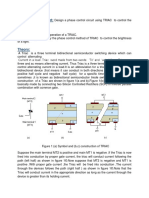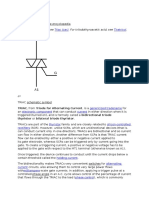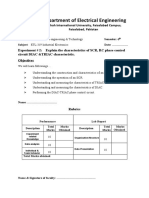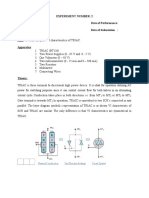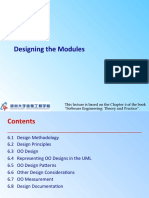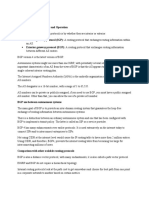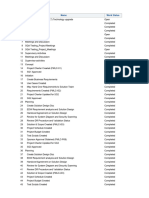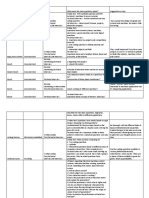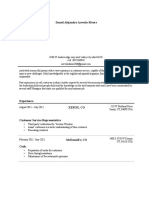0% found this document useful (0 votes)
67 views8 pagesPower Electronics Lab: TRIAC Study
The document discusses the construction, operation, and characteristics of a triac. It contains the following key points:
1. A triac is a three-terminal AC switch that can conduct current in both directions, making it suitable for controlling AC power. It consists of two SCRs connected in inverse parallel.
2. The triac has four modes of operation depending on the polarity of the voltage applied to the main terminals and gate. It can be triggered to turn on by applying a gate voltage above the breakover voltage or a gate pulse of 35 microseconds.
3. Triacs are used to control AC power in applications like lamp switching and AC power control. They have advantages over SCRs
Uploaded by
Muhammad Salman ShahidCopyright
© © All Rights Reserved
We take content rights seriously. If you suspect this is your content, claim it here.
Available Formats
Download as PDF, TXT or read online on Scribd
0% found this document useful (0 votes)
67 views8 pagesPower Electronics Lab: TRIAC Study
The document discusses the construction, operation, and characteristics of a triac. It contains the following key points:
1. A triac is a three-terminal AC switch that can conduct current in both directions, making it suitable for controlling AC power. It consists of two SCRs connected in inverse parallel.
2. The triac has four modes of operation depending on the polarity of the voltage applied to the main terminals and gate. It can be triggered to turn on by applying a gate voltage above the breakover voltage or a gate pulse of 35 microseconds.
3. Triacs are used to control AC power in applications like lamp switching and AC power control. They have advantages over SCRs
Uploaded by
Muhammad Salman ShahidCopyright
© © All Rights Reserved
We take content rights seriously. If you suspect this is your content, claim it here.
Available Formats
Download as PDF, TXT or read online on Scribd
/ 8








